American Eagle & Helicopter Close Call At DCA Day Prior To Disaster
On January 29, 2025, we saw a devastating accident near Washington National Airport (DCA), whereby a military Sikorsky UH-60 helicopter collided with an American Eagle CRJ-700, leading to 67 fatalities. This is the first crash of a US airliner since 2009.

On January 29, 2025, we saw a devastating accident near Washington National Airport (DCA), whereby a military Sikorsky UH-60 helicopter collided with an American Eagle CRJ-700, leading to 67 fatalities. This is the first crash of a US airliner since 2009.
Obviously there’s now a big focus on just how congested the airspace around DCA is, between commercial aircraft landing at the airport, and military helicopters using routes near the airport. Along those lines, it’s now emerging how an eerily similar incident happened only 24 hours before the fatal crash, though fortunately it had a better outcome..
American Eagle & helicopter DCA incident night before crash
VASAviation has both the air traffic control audio and a visualization of an incident that happened the night of January 28, 2025, just over 24 hours before the fatal crash. It really shows the extent to which unsafe procedures near DCA have been normalized, presumably due to the combination of a congested airport, plus the need for the military to operate in the area.
I recommend watching the below five minute video, because it really puts into perspective the chaos in this airspace, between the aircraft and the helicopters.
Specifically, this incident involves American Eagle flight AA4514, which was operating from Hartford (BDL) to Washington (DCA) with an Embraer E175. While the jet was on approach, it came within less than 1,000 feet of a military helicopter.
What contributed to a better outcome this time around? Well, aircraft are equipped with Traffic Collision Avoidance System (TCAS), which is supposed to help pilots avoid midair collisions. The pilots of the American Eagle jet received a Resolution Advisory (RA), which gives specific instructions that pilots should use to avoid a collision.
So when the pilots received the RA, they immediately executed a go around, and explained to the air traffic controller that it was due to the helicopter underneath them.
Why did the TCAS work this time around, but not during the incident 24 hours later? Well, at an altitude of under 1,000 feet, TCAS doesn’t issue Resolution Advisories, but rather issues Traffic Advisories (TAs), which aren’t as useful.
Pilots might not be caught off by a TA at a low altitude in the same way they would be by an RA, since you almost expect the former when flying at a low altitude in very busy airspace.
What’s wild is that even before the American Eagle jet in the above incident, you’ll also see how close the Southwest jet (flight WN3565) gets to a helicopter. It descends through 900 feet, and there’s a helicopter in the vicinity at an altitude of 300 feet. However, there’s no RA, since the plane is at under 1,000 feet, so that’s not even acknowledged.
This is the normalization of unsafe practices
One of the reasons that aviation is so safe is because of the extent to which the industry errs on the side of caution, and how best practices are adopted.
While we’ll see what an investigation reveals into the root cause of this accident, one thing is for sure — the airspace around Washington DC hasn’t been using best practices, and it was only a matter of time. We’ve basically seen the normalization of planes and helicopters flying hundreds of feet apart with visual separation, and sooner or later, that’s not going to end well, as it leaves virtually no margin.
The lack of alarm that air traffic control has about how close traffic gets shows you just how much this has been normalized. I suspect this is no one’s fault, specifically, but rather it’s just what happens when there’s a breakdown in best practices. It’s not like air traffic controllers can start restricting military helicopters and keeping them out of their airspace, without intervention on a higher level.
Keep in mind that planes and helicopters in this airspace are typically kept apart by visual separation, meaning air traffic controllers warn pilots of the traffic, and tell them to maintain visual separation. Of course you see some people argue “well the helicopter should’ve seen the plane,” and vice versa. That sounds great, but overlooks two important factors.
First of all, this is very congested airspace, and there’s a lot of traffic. You can totally see how a pilot could easily mistake one airplane for another, and be maintaining visual separation from the wrong plane, without knowing it.
Second of all, the belief that helicopters will always see the planes they’re getting too close to kind of assumes that they’re at the same altitude. Instead, you often have aircraft descending to a lower altitude, while helicopters are climbing to a higher altitude. It should be common sense as to how that could lead to disaster, especially given the speed at which aircraft and helicopters move.
For the time being, we’ve seen helicopter traffic restricted near DCA, so I trust that something will be learned from this accident.
Obviously this is all horrifying to see, though if anything, it’s a reminder of just how safe aviation is — we’ve seen 150 million consecutive flights in the United States operate safely between two accidents, which is a pretty incredible record for just about anything.
Bottom line
Several days ago, we saw the first major aviation accident in the United States in a very long time. As more details emerge, it’s becoming pretty clear how small the safety margins were around Washington National Airport. Not only do you have an incredible number of aircraft operating in tight airspace, but you also have military helicopters zipping around them, with little more than visual separation.
Just over 24 hours before the fatal accident, another American Eagle jet performed a go around at the same airport due to getting too close to a helicopter. Fortunately since the jet was at an altitude of over 1,000 feet, TCAS alerted the pilots of the threat.
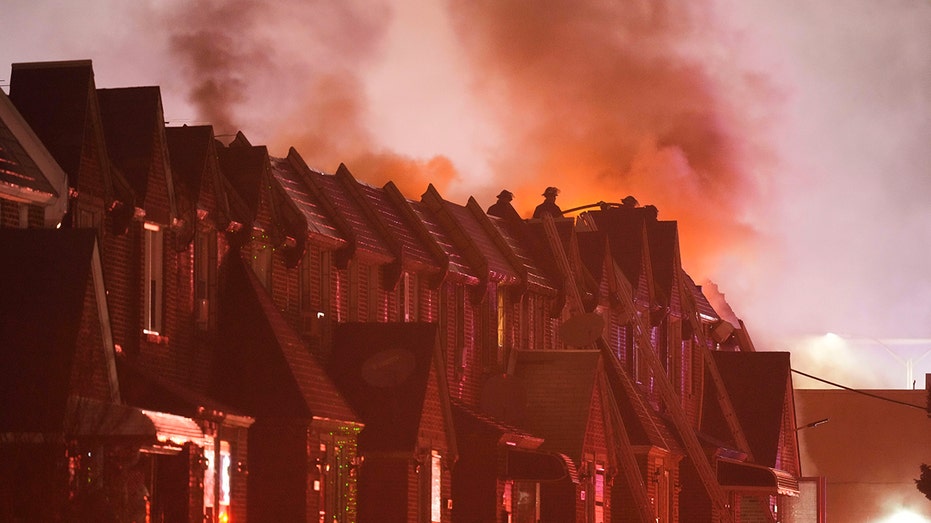
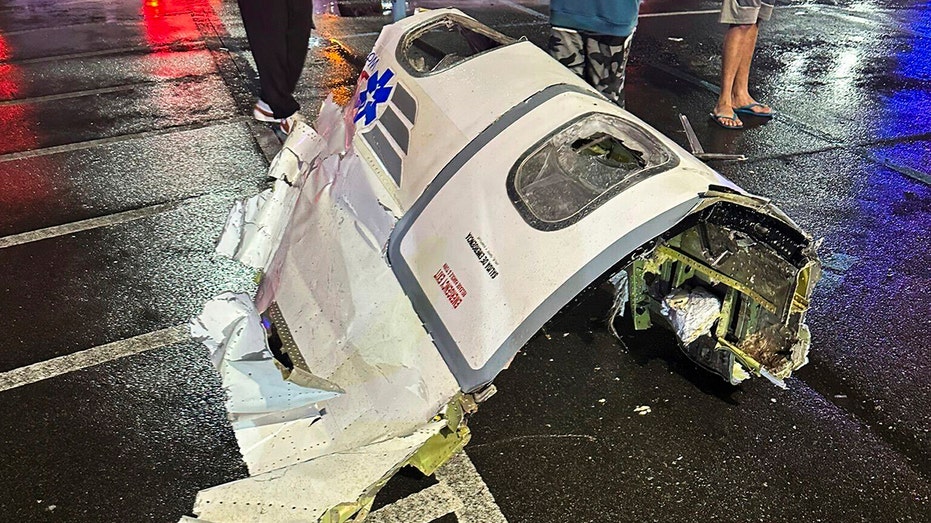

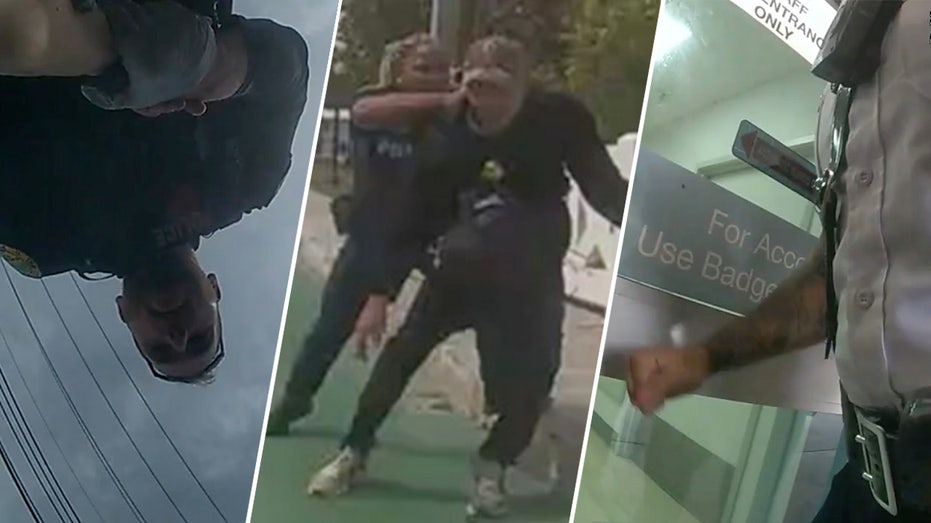
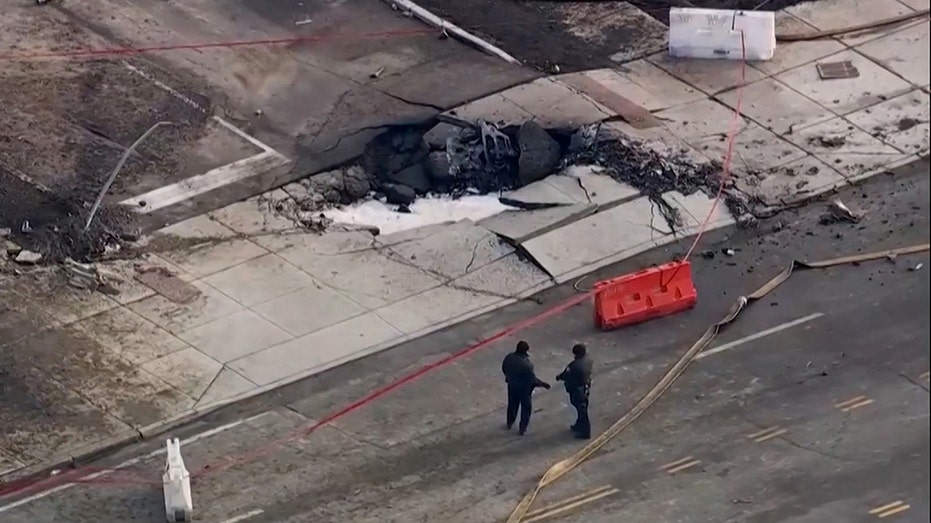

























.png)






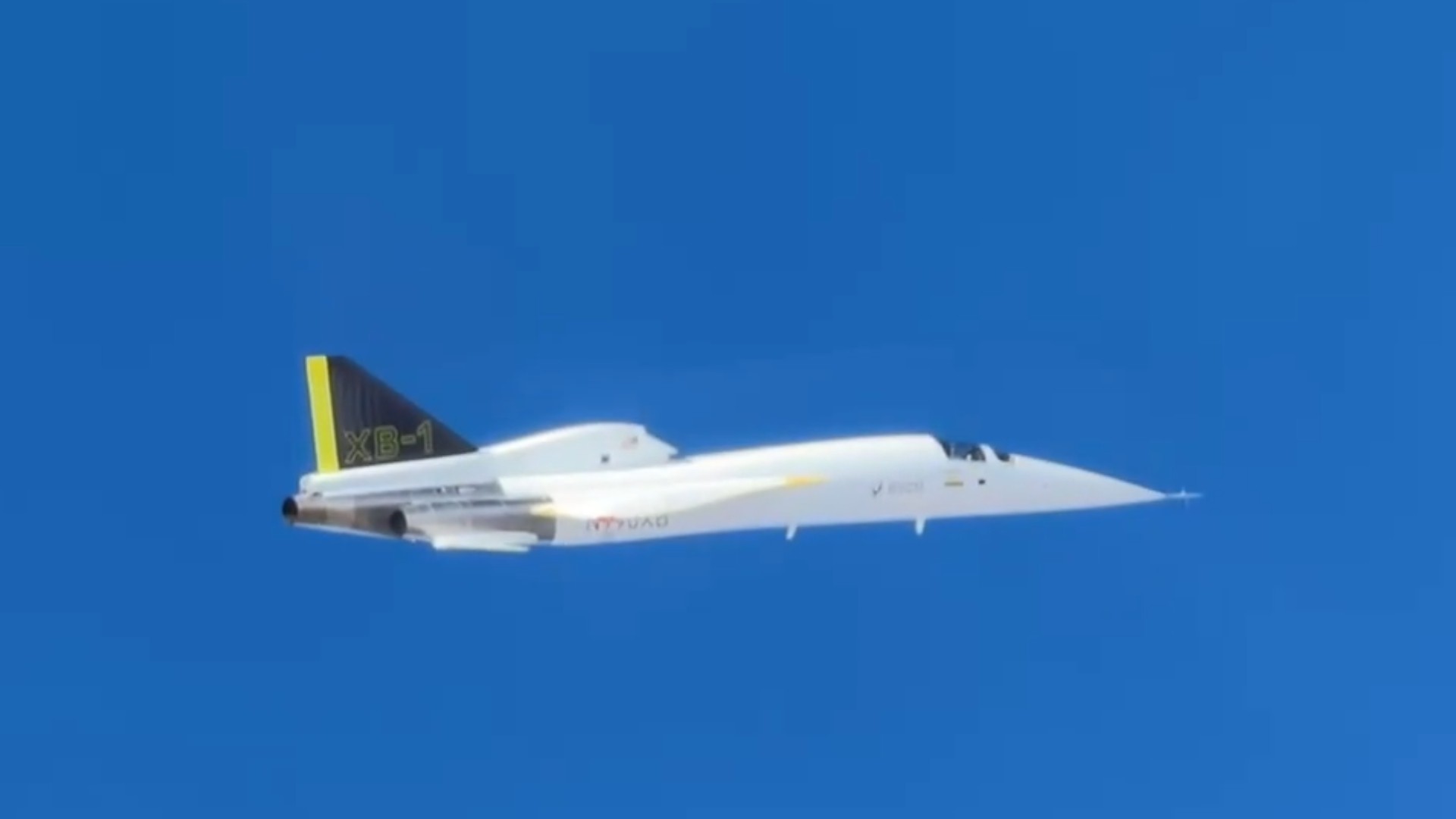














![‘Companion’ Ending Breakdown: Director Drew Hancock Tells All About the Film’s Showdown and Potential Sequel: ‘That’s the Future I Want for [Spoiler]’](https://variety.com/wp-content/uploads/2025/02/MCDCOMP_WB028.jpg?#)
























